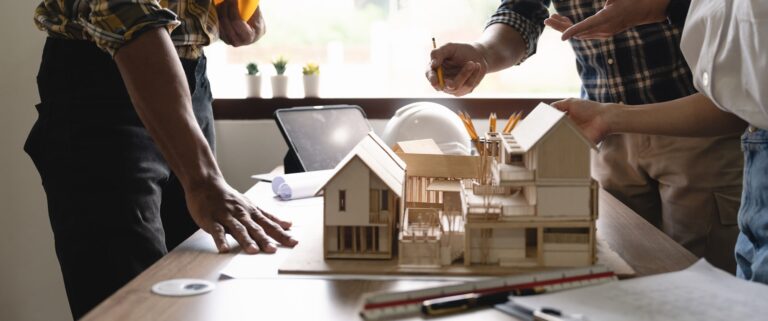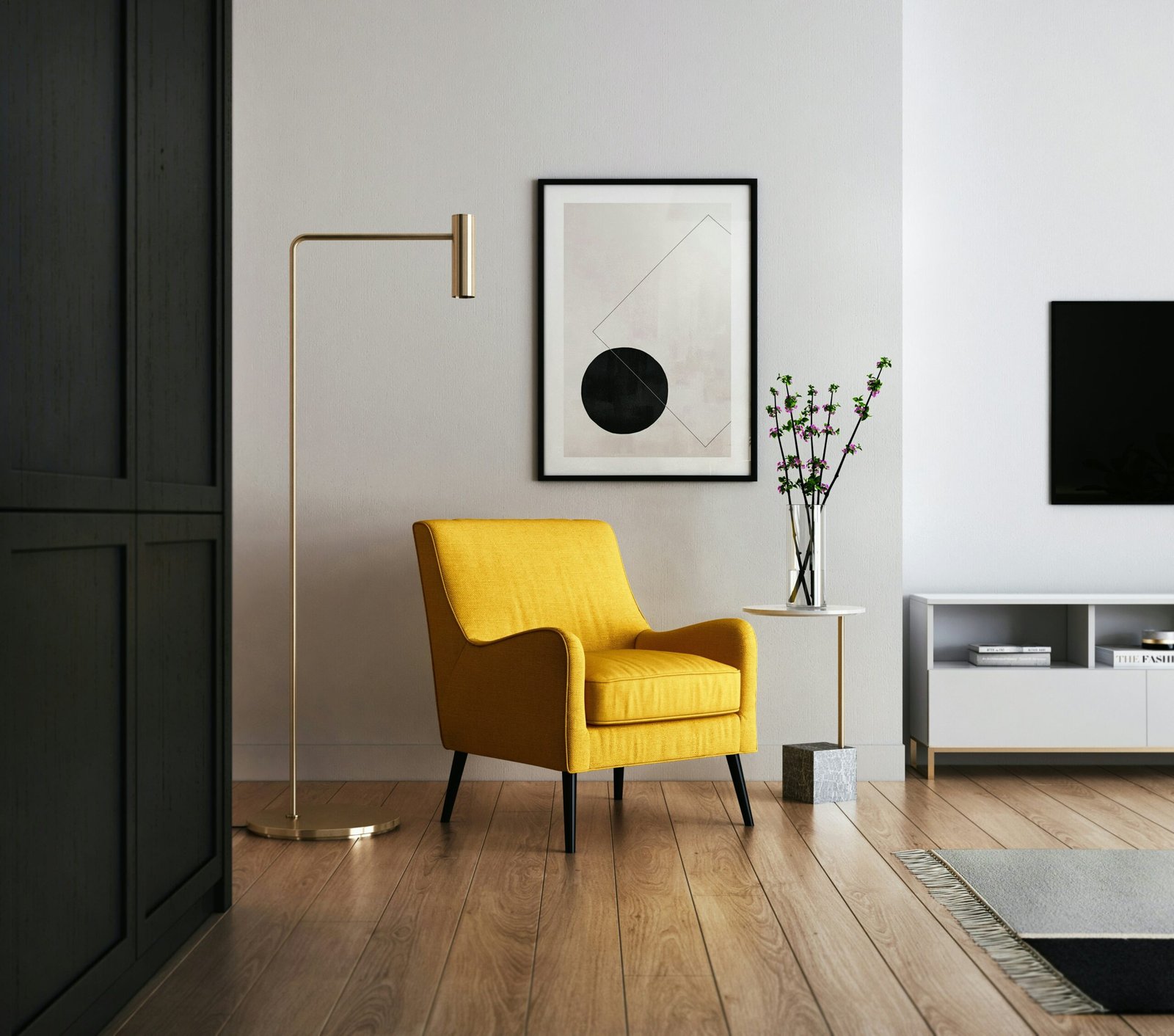One important aspect of interior design that can enhance our wellbeing is the use of natural elements. Bringing nature indoors has been shown to have numerous benefits for our mental and physical health. Incorporating plants into our living spaces not only adds a touch of greenery but also helps purify the air and create a sense of calm and tranquility. Additionally, natural materials such as wood and stone can create a connection to the earth and evoke a sense of grounding and stability.
Another key consideration in creating a wellness oasis through interior design is the use of color. Different colors have been found to have varying effects on our mood and emotions. For example, cool colors like blue and green can promote relaxation and a sense of serenity, while warm colors like red and orange can stimulate energy and creativity. By carefully selecting and incorporating colors into our spaces, we can create an environment that supports the specific mood or atmosphere we desire.
Lighting is another crucial element in enhancing wellbeing through interior design. Natural light has been proven to have numerous benefits for our physical and mental health, including boosting vitamin D levels, improving sleep quality, and enhancing mood. When designing a wellness oasis, it is important to maximize natural light by incorporating large windows, skylights, and light-colored walls. In addition to natural light, the use of artificial lighting can also play a significant role in creating a soothing and relaxing atmosphere. Soft, warm lighting can create a cozy and inviting ambiance, while bright, white light can promote focus and productivity.
Furthermore, the layout and organization of our living and working spaces can greatly impact our wellbeing. Clutter and disorganization can create feelings of stress and anxiety, while a well-organized and clutter-free environment can promote a sense of calm and clarity. By incorporating ample storage solutions and implementing effective organization systems, we can create a space that is both functional and visually pleasing.
Lastly, the inclusion of personal touches and meaningful objects in our interior design can have a profound impact on our wellbeing. Surrounding ourselves with items that hold sentimental value or evoke positive emotions can create a sense of comfort and happiness. Whether it’s displaying cherished family photographs, incorporating artwork that resonates with us, or incorporating meaningful symbols or objects, infusing our spaces with personal touches can make them truly feel like a sanctuary.
In conclusion, interior design has the power to greatly enhance our wellbeing by creating a space that nurtures our mind, body, and soul. By incorporating natural elements, carefully selecting colors, optimizing lighting, organizing our spaces effectively, and infusing personal touches, we can create a wellness oasis that promotes a sense of peace, balance, and harmony in our lives.
The Power of Natural Elements
One of the key aspects of interior design that can enhance our wellbeing is the use of natural elements. Bringing nature indoors not only adds beauty to our spaces but also has a calming and soothing effect on our minds. Consider incorporating elements such as plants, natural materials like wood and stone, and natural light into your interior design.
Plants not only purify the air but also create a connection with nature, which can reduce stress and improve mood. Choose low-maintenance plants that thrive indoors, such as succulents or peace lilies, to add a touch of green to your space. Additionally, using natural materials like wood and stone can create a sense of grounding and warmth.
Allowing natural light to flood your space not only reduces the need for artificial lighting but also has numerous health benefits. Exposure to natural light can regulate our circadian rhythm, improve sleep quality, and boost vitamin D levels. Consider incorporating large windows, skylights, or light-colored curtains to maximize the amount of natural light in your space.
Furthermore, the use of natural elements in interior design can also promote a sense of harmony and balance in our lives. By bringing in elements from the natural world, we create a connection to the outdoors and a sense of unity with the environment. This can have a profound impact on our overall well-being and create a space that feels nurturing and rejuvenating.
When choosing natural materials, it is important to consider their sustainability and eco-friendliness. Opt for materials that are responsibly sourced and have a minimal impact on the environment. This not only aligns with the principles of sustainable design but also ensures that your space is contributing to a healthier planet.
Incorporating natural elements into your interior design doesn’t have to be limited to plants and materials. You can also consider incorporating natural textures and patterns, such as woven baskets, rattan furniture, or organic-inspired prints. These elements add depth and visual interest to your space while still maintaining a connection to the natural world.
The power of natural elements in interior design cannot be underestimated. By incorporating plants, natural materials, and natural light into our spaces, we can create a harmonious and nurturing environment that enhances our well-being. Whether it’s the calming effect of greenery, the warmth of wood, or the invigorating qualities of natural light, these elements have the ability to transform our spaces and uplift our spirits.
The Impact of Architecture on Wellbeing
While interior design focuses on the arrangement and aesthetics of a space, architecture sets the foundation for a building’s design. The layout, structure, and flow of a building can significantly impact our wellbeing.
Consider the following architectural elements to enhance your wellbeing:
1. Open Floor Plans
Open floor plans promote a sense of spaciousness and encourage social interaction. They allow for better flow and communication between different areas of a home or office. By removing physical barriers, open floor plans create a sense of unity and connectedness.
2. Biophilic Design
Biophilic design is an architectural approach that incorporates natural elements and patterns into the built environment. It aims to create a connection with nature, which has been proven to reduce stress, improve cognitive function, and enhance overall wellbeing. Consider incorporating features like green walls, natural ventilation, and views of nature into your architectural design.
3. Well-designed Windows
Windows not only allow natural light to enter a space but also provide views of the outside world. Well-placed windows can offer beautiful vistas, connect us with nature, and create a sense of openness. Consider the placement and size of windows when designing a space to maximize the benefits of natural light and views.
4. Thoughtful Lighting Design
In addition to natural light, artificial lighting also plays a crucial role in architectural design and its impact on wellbeing. Thoughtful lighting design can create different moods and enhance the functionality of a space. For example, warm lighting can create a cozy and relaxing atmosphere, while bright task lighting can improve productivity and focus. Incorporating a combination of ambient, task, and accent lighting can help create a well-balanced and visually appealing environment.
5. Sustainable Materials
The choice of materials used in architectural design can have a significant impact on both our health and the environment. Opting for sustainable materials, such as recycled or renewable resources, can reduce the exposure to harmful chemicals and contribute to a healthier indoor environment. Additionally, sustainable materials promote environmental responsibility and help minimize the carbon footprint of a building.
6. Acoustic Considerations
Noise pollution can have a detrimental effect on our wellbeing, causing stress, sleep disturbances, and reduced productivity. Incorporating acoustic considerations into architectural design can help create a peaceful and comfortable environment. This can include the use of sound-absorbing materials, strategic placement of walls and partitions, and the integration of soundproofing techniques.
7. Accessibility and Universal Design
Creating spaces that are accessible to all individuals, regardless of their physical abilities, is an essential aspect of architectural design. Universal design principles ensure that everyone can navigate and use a space comfortably. This includes features such as ramps, wider doorways, grab bars, and accessible restrooms. By prioritizing accessibility, architecture can promote inclusivity and improve the overall wellbeing of all individuals.
8. Wellness Library
Incorporating a wellness library into your luxury self-care space can provide a source of inspiration and knowledge for your personal growth and wellbeing. Fill your shelves with books on mindfulness, nutrition, fitness, and other topics that align with your self-care goals. Create a cozy reading nook with a comfortable chair and soft lighting, allowing you to immerse yourself in the wisdom and guidance found within the pages.
9. Fitness Area
Physical activity is an essential component of self-care, and having a dedicated fitness area in your luxury space can encourage regular exercise. Equip the area with exercise equipment that suits your preferences, whether it’s a treadmill, weights, or a yoga mat. Consider installing a large mirror to enhance the sense of space and create a motivating environment.
10. Personalized Art and Décor
Add a personal touch to your luxury self-care space by incorporating art and décor that resonates with you. Choose pieces that inspire and uplift you, whether it’s vibrant paintings, motivational quotes, or photographs of loved ones. Surrounding yourself with meaningful artwork can enhance the ambiance of the space and evoke positive emotions.
11. Aromatherapy and Essential Oils
Enhance the sensory experience of your luxury self-care space by incorporating aromatherapy and essential oils. Invest in a high-quality diffuser and experiment with different scents that promote relaxation and wellbeing. Lavender, chamomile, and ylang-ylang are popular choices known for their calming properties.
12. Technology-Free Zone
Create a technology-free zone within your luxury self-care space to disconnect from the digital world and fully immerse yourself in relaxation. Keep electronic devices out of the space and instead, fill it with activities that promote mindfulness and self-reflection, such as journaling, meditation, or practicing gratitude.





